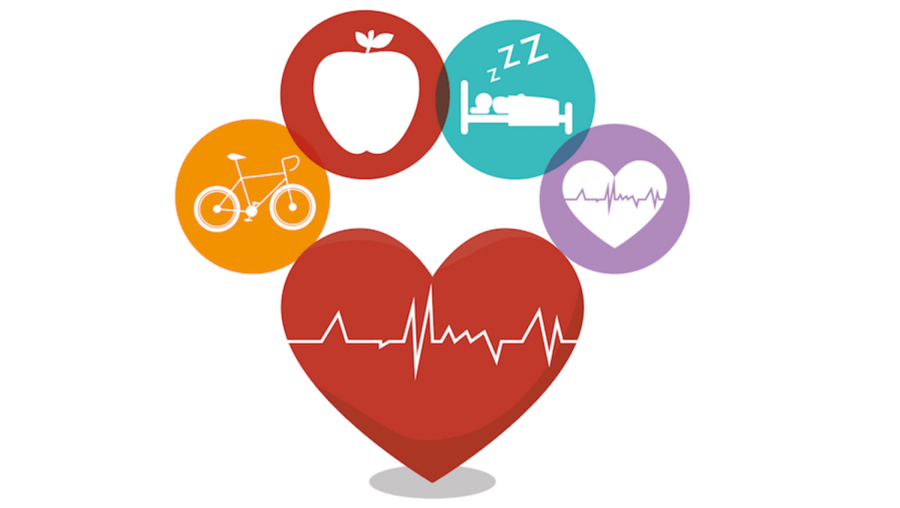Managing Arthritic Joint Pain: A Holistic Approach
Arthritis, characterized by chronic inflammation of the joints, presents significant challenges to physical function and overall well-being. This article explores a holistic management strategy incorporating principles of self-efficacy, the biopsychosocial model, and the Health Belief Model to alleviate arthritic joint pain. We will define key concepts: Self-efficacy refers to an individual's belief in their capacity to execute behaviors necessary to produce specific performance attainments. The biopsychosocial model emphasizes the interconnectedness of biological, psychological, and social factors in health and illness. Finally, the Health Belief Model posits that health behavior is influenced by perceived susceptibility, severity, benefits, barriers, cues to action, and self-efficacy. Applying these models provides a framework for comprehensive arthritis management.
1. Physical Activity and Weight Management: Enhancing Joint Health
Regular, low-impact exercise plays a pivotal role in mitigating arthritic pain and improving joint function. Consistent physical activity, guided by the principles of progressive overload (gradually increasing exercise intensity) and specificity (tailoring exercises to target specific muscle groups and joints), helps build muscle strength, improve joint range of motion, and reduce inflammation. This aligns with the self-efficacy component of the Health Belief Model, fostering a belief in one's ability to manage the condition. Furthermore, maintaining a healthy weight reduces stress on weight-bearing joints, minimizing pain and slowing disease progression. Obesity is a known risk factor for osteoarthritis, reinforcing the importance of weight management. This strategy aligns with the Health Belief Model's emphasis on perceived benefits and susceptibility.
2. Therapeutic Modalities: Addressing Pain and Inflammation
Heat and cold therapy offer effective, readily accessible methods for managing arthritic pain. Heat application promotes vasodilation, increasing blood flow to the affected area and relaxing tense muscles. Conversely, cold therapy reduces inflammation by constricting blood vessels and numbing pain receptors. This demonstrates a practical application of the biopsychosocial model, addressing both the biological (inflammation) and the psychological (pain) dimensions of the illness. The judicious use of these modalities is dependent on individual patient needs and response, underscoring the need for personalized care.
3. Assistive Devices and Adaptive Strategies: Optimizing Daily Function
The use of assistive devices such as canes, walkers, splints, and adaptive equipment significantly reduces strain on affected joints during daily activities. This is a direct application of the principles of ergonomics, which aim to optimize work environments and reduce physical strain. Such strategies enhance self-efficacy by enabling individuals to maintain independence and reduce reliance on others. It directly addresses perceived barriers to engagement in daily life as defined within the Health Belief Model.
4. Stress Management and Psychological Well-being: Mitigating Symptomatic Exacerbation
Stress significantly exacerbates arthritic symptoms. Implementing stress management techniques, such as mindfulness-based stress reduction, yoga, or meditation, is crucial for pain control. This directly addresses the psychological component of the biopsychosocial model. These practices promote relaxation, reduce cortisol levels (a stress hormone that can increase inflammation), and improve overall well-being. By incorporating these techniques, individuals cultivate a sense of control and agency, aligning with the principles of self-efficacy.
5. Lifestyle Factors: Nutrition, Hydration, and Rest
A balanced diet rich in anti-inflammatory foods (such as omega-3 fatty acids, antioxidants, and fruits and vegetables) helps mitigate inflammation and improve overall health. Adequate hydration is essential for maintaining joint lubrication and reducing friction. Sufficient rest and sleep allow the body to repair and regenerate, crucial for managing chronic conditions. This highlights the synergistic effects of lifestyle modification on arthritis management and aligns with the Health Belief Model's concept of perceived benefits.
6. Complementary and Integrative Medicine (CIM): Exploring Adjunctive Therapies
Some individuals find relief through CIM approaches like acupuncture, massage therapy, or herbal remedies. However, it's crucial to approach these therapies with caution, always consulting with healthcare professionals to ensure safety and efficacy, particularly given potential interactions with other medications. This highlights the importance of evidence-based practice and collaboration between patients and healthcare providers.
7. Medical Management and Patient Education: Personalized Care and Self-Management
Regular communication with a healthcare provider is paramount for ongoing management. A collaborative approach, utilizing the principles of shared decision-making, ensures a personalized treatment plan that addresses individual needs and preferences. Patient education empowers individuals to actively participate in their care, building self-efficacy and improving adherence to treatment plans. This highlights the importance of the patient's role as an active participant in their care.
Conclusion and Recommendations
Effective arthritis management hinges on a holistic approach that integrates physical, psychological, and social factors. The application of the biopsychosocial model, the Health Belief Model, and the enhancement of self-efficacy are critical to success. Future research should focus on personalized interventions based on individual patient characteristics, integrating technology for remote monitoring and tailored support, and examining the long-term effectiveness of various CIM approaches in diverse populations. By employing a multi-faceted strategy and prioritizing patient-centered care, we can significantly improve the quality of life for individuals living with arthritis. The results of such research can inform the development of more effective and accessible management strategies, leading to improved patient outcomes and reduced healthcare costs.
Reader Pool: What specific barriers do you perceive as hindering the successful implementation of a comprehensive arthritis management plan, and how might these barriers be overcome in real-world settings?






No comments yet. Be the first to share your thoughts!